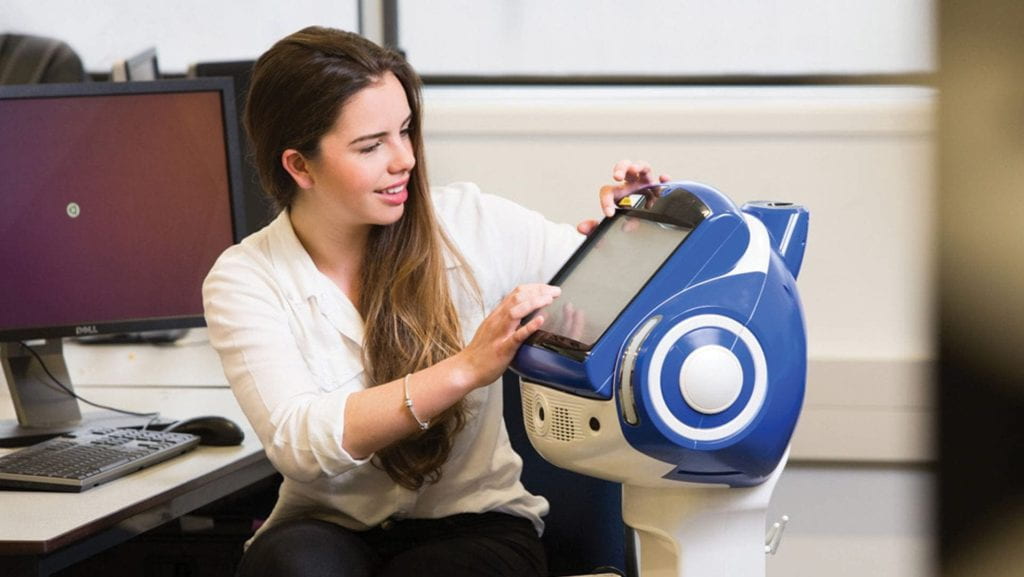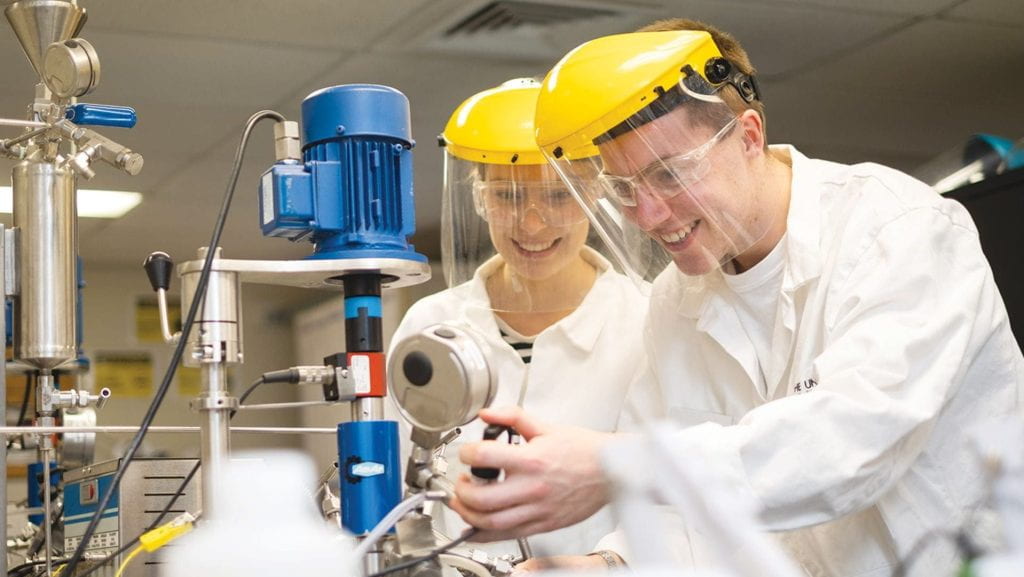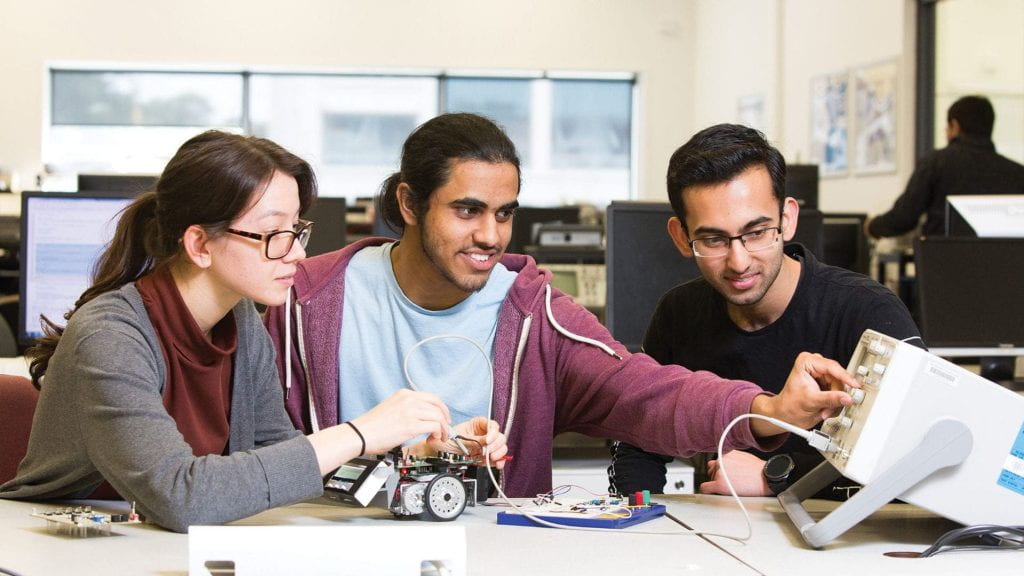
Combines engineering, mathematics and biology to understand how the human body functions, with an ultimate goal of contributing to a more efficient, effective healthcare industry. Learn more here.

CHEMICAL AND MATERIALS ENGINEERING
Provides a grounding in applied chemistry, materials characterisation, process engineering, energy and mathematical modelling, with applications in industries such as food, pharmaceuticals, and more. Learn more here.

Uses technical mathematics and science to understand infrastructure development and sustainable management, with emphasis on geomechanics, construction management, transportation, and more. Learn more here.

Focuses on design that ensures the safety, stability, livability, sustainability and security of our built structures. Learn more here.

Sits within the intersection between software and hardware engineering, and is responsible for robotics, self-driving cars, advanced medical devices, industrial automation systems, smart technologies and more. Learn more here.

ELECTRICAL AND ELECTRONIC ENGINEERING
A well-established discipline that involves communications and control technology, electric power systems development and exploitation, designing and implementing signal processing devices, robotics design, modern instrumentation, and high-power electronics. Learn more here.

Applies advanced mathematics and technology to solve real-world engineering problems – at its core, it is about designing ways to model and optimise engineering systems, and covers a range of topics including fluid mechanics, operations research, industrial engineering and more. Learn more here.

Emphasises the use of analytical, design and problem-solving skills to improve the engineering systems – manufacturing, thermodynamics, and more – that shape modern society. Learn more here.

A fusion of mechanical, computer, electronics and software engineering that focuses on the design, intelligence, control and programming of smart devices, robots, and intelligence systems. Learn more here.

Integral to the foundation of many sectors of the modern economy – from small but powerful handheld devices, to massive telecommunications networks – and new needs constantly arise, be it in technical applications, or project management techniques. Learn more here.
